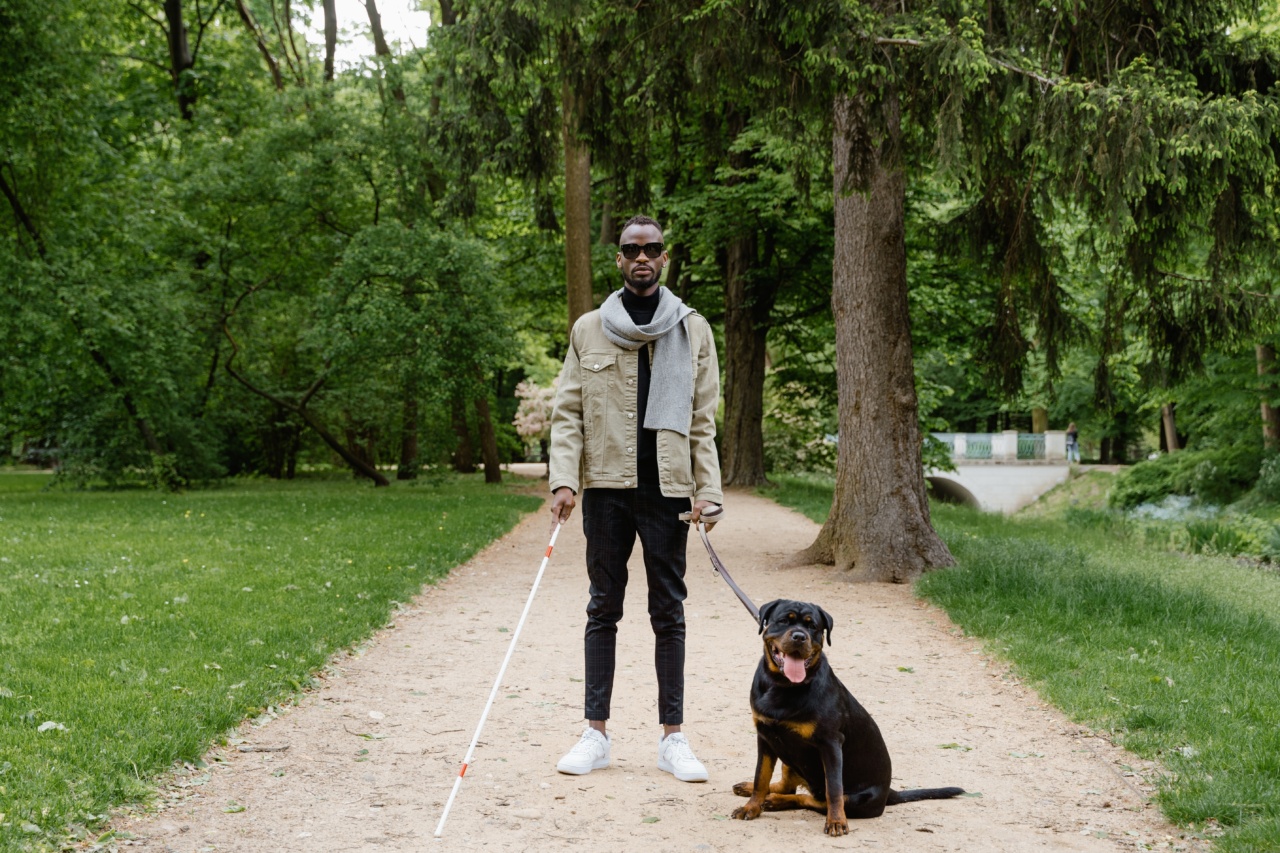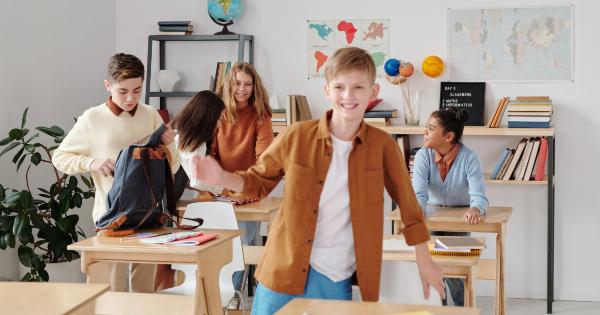Dogs have long been regarded as man’s best friend, providing companionship, loyalty, and unconditional love. However, their abilities extend beyond mere friendship.
Dogs have also been trained to assist individuals with various disabilities, including those who are visually impaired. This partnership between dogs and the visually impaired has proven to be incredibly beneficial, allowing individuals to regain their independence and navigate the world with confidence.
The Role of Guide Dogs
Guide dogs, also known as seeing-eye dogs, are specifically trained to assist individuals with visual impairments.
These highly skilled canines undergo rigorous training to develop the necessary skills and traits required for guiding their visually impaired handlers.
Training Guide Dogs
The training process for guide dogs is intensive and meticulous. It typically begins when the dogs are still puppies, around eight weeks old.
During this critical period, the puppies are placed with volunteer puppy raisers who provide them with a loving and nurturing environment.
Early Training: Socialization and Basic Obedience
Puppy raisers concentrate on socializing the young dogs, exposing them to different environments, people, and experiences. This early socialization plays a vital role in the development of a well-rounded and confident guide dog.
Specialized Training: Mobility Skills
Once the puppies have completed their initial socialization and basic obedience training, they enter specialized training programs. These programs focus on teaching the dogs specific skills that are crucial for guiding visually impaired individuals.
Harness Work and Orientation
Guide dogs are trained to wear a harness, which helps visually impaired handlers identify them as working dogs.
Moreover, the dogs are taught to navigate specific routes and understand various commands, such as “forward,” “left,” and “right,” to provide guidance and ensure their handler’s safety.
Obstacle Avoidance and Intelligent Disobedience
Another essential aspect of guide dog training is teaching the dogs to recognize and navigate obstacles in their path.
They are trained to stop or maneuver around obstacles, such as curbs, stairs, and low-hanging branches, taking into account their handler’s safety.
In addition, guide dogs are trained in the concept of intelligent disobedience. This means that they are trained to disobey certain commands if following them would put their handler in danger.
For example, if a visually impaired individual commands their guide dog to cross a busy road without noticing an oncoming car, the guide dog is trained to refuse the command and keep their handler safe.
Matching and Placement
Once guide dogs have completed their training, they are matched with visually impaired individuals through guide dog schools or organizations.
The matching process considers various factors, including the individual’s lifestyle, mobility needs, and compatibility with the dog’s temperament and working style.
The Benefits of Guide Dogs for the Visually Impaired
The partnership between guide dogs and visually impaired individuals offers a multitude of benefits:.
Enhanced Mobility and Independence
Guide dogs provide visually impaired individuals with increased mobility and independence. They help their handlers navigate various environments, such as bustling city streets or crowded spaces, with confidence.
The dogs’ ability to intelligently guide their handlers allows them to travel more freely and participate in activities they may have otherwise found challenging or daunting.
Improved Safety and Confidence
Having a guide dog by their side enhances the safety and confidence of visually impaired individuals. The dogs are trained to identify potential hazards, such as uneven surfaces or approaching vehicles, and guide their handlers around them.
This proactive approach provides a sense of security and allows visually impaired individuals to explore their surroundings with fewer concerns.
Emotional Support and Companionship
Beyond their functional role, guide dogs offer emotional support and companionship to visually impaired individuals. The bond between a handler and their guide dog is based on trust, friendship, and mutual dependence.
This unwavering companionship can significantly improve the well-being and overall quality of life for visually impaired individuals.
Adapting to Different Handlers’ Needs
Guide dogs are incredibly adaptable and can cater to the specific needs and preferences of their handlers. Whether an individual has partial sight or is completely blind, guide dogs can adjust their guiding techniques accordingly.
They are trained to work with different personalities and temperaments, ensuring a harmonious partnership between the dog and their visually impaired handler.
Legal Rights and Accessibility
In many countries, guide dogs are legally recognized as working animals and are granted specific rights and access to public places.
This recognition ensures that visually impaired individuals can bring their guide dogs into various establishments, including restaurants, hotels, and public transportation. These legal rights help promote inclusivity and enable visually impaired individuals to fully participate in everyday life.
Conclusion
The partnership between dogs and the visually impaired is a remarkable testament to the capabilities and intelligence of our canine companions.
Through their specialized training, guide dogs empower visually impaired individuals, providing them with enhanced mobility, safety, and emotional support. This unique bond allows individuals with visual impairments to lead fulfilling, independent lives, free from many of the limitations imposed by their disability.






























